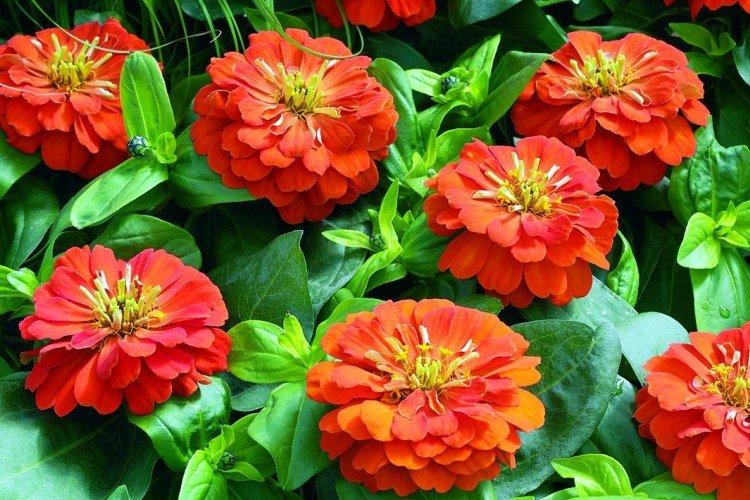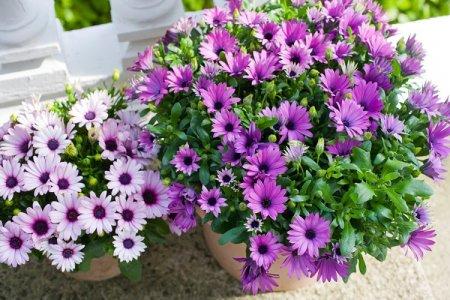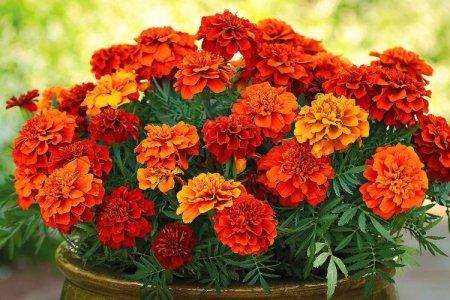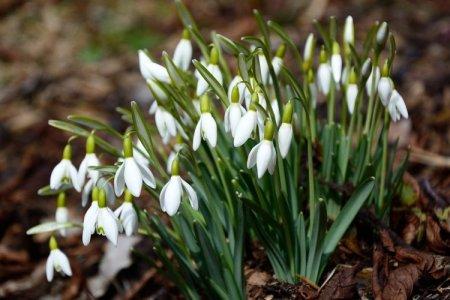
The charming and colorful little asters that cover the earth with a colorful carpet are zinnia. Gardeners have long appreciated the variety of its varieties and shades. If you do not have enough colors in your life - zinnia will easily add them!
general information
Zinnia is a herbaceous perennial that really belongs to the Aster. It came to us from Mexico, and there it was grown by the ancient Aztecs. As soon as zinnia got to Europe, gardeners just went crazy and started using it wherever they could.
The height of the bush ranges from 20 to 120 cm and depends entirely on the variety. At the same time, the shoots are strong, so they do not need support. The leaves are mostly ovoid, slightly pointed, with a barely noticeable edge. Inflorescences-baskets come in different shapes and sizes, from 3 to 14 cm in diameter. Of all the variety of colors, there are not only blue zinnias.
Zinnias bloom closer to the middle of summer and further delight even before the frost. Flowers on long peduncles stand wonderfully in cut. And they can even be planted between vegetable beds, because they create almost no shade.

Types of zinnia
There are about 20 types of zinnia, and the number of hybrids and varieties is already unrealistic to count. But only a few of them are cultivated in our gardens!
Dahlia zinnia
Luxurious decorative zinnia with powerful bushes and spectacular inflorescences. Terry baskets bloom up to 14 cm and really resemble dahlias.

Fine-flowered zinnia
She has interesting reddish shoots and the same unusual flowers of thin curved petals. They are very tiny, up to 3 cm, and are great for flower beds and flower beds.

Pompom zinnia
Here, too, everything is clear: its inflorescences look like wonderful little pompoms. Basically, these are small varieties up to 50 cm and with a diameter of baskets up to 5 cm.

Fantasy
These are bizarre decorative varieties with an unusual shape of petals bent in all possible and impossible directions. There are even bifurcated ligulate flowers.

High zinnia
Its tall, thin shoots can grow over 100 cm. They are covered with graceful ovoid leaves along the entire length, and the diameter of flowering baskets reaches 16 cm. Such zinnias are grown only for cutting.

Medium zinnia
A universal option for both flower beds and cutting. The height of the shoots reaches 50 cm, and the diameter of the inflorescences is on average up to 10 cm. There are early and late varieties, including terry ones.

Dwarf zinnia
These are the smallest varieties up to only 30 cm in height. They are planted in flower beds or when decorating borders. Such bushes branch out and are good even in pots and containers.

Narrow-leaved zinnia
It differs not only in branching, but also in narrow pointed leaves, not quite typical for zinnia. The flowers are mostly orange, but they can be double or simple.

Zinnia care
With its spectacular beauty and southern origin, zinnia is completely unpretentious to external conditions. At one time, this is what allowed her to rapidly disperse around the world!
Temperature
Zinnia is absolutely and completely thermophilic, and this is perhaps the only significant limitation. In all regions with cold winters, it is grown only as an annual. But she perfectly tolerates summer heat and drought.

Lighting
Zinnia needs bright sunlight. Ideally - scattered, but she will survive direct sunlight better than their absence. Otherwise, the shoots stretch out, the leaves fade, and the buds cannot form normally.

Watering
It is categorically impossible to pour zinnia. She will easily tolerate drought, but will not forgive waterlogging. Also, avoid getting water on the leaves and buds.

The soil
The soil should be loose and fertile. Basically, this is all that is needed for a long and lush flowering. Dig up the soil with fertilizers in the fall before spring planting.

Fertilizers and feeding
A month after planting the seedlings, you can apply the first portion of fertilizers, and the subsequent ones - during the formation of buds and already during flowering. Choose formulations with a minimum nitrogen content.

Pinching
If you want to get a lush neat bush, then pinch the zinnia while growing seedlings or after the seedlings take root in the garden. If you need long stalks for cutting, pinching is not needed.

Zinnia in containers
As we said, in the garden, zinnia will not be able to winter even in a shelter. But there is one option: grow the bushes directly in containers. And then they can be moved indoors, and you will get your perennial. Compact bushy varieties are suitable for this.

Planting and breeding
Zinnia can be propagated by seed directly into open ground, especially in the south. But it is imperative to wait until the end of the frost, because weak sprouts freeze if the temperature drops to at least 0. Before planting, the seeds are left in wet gauze for a couple of days.
You can plant zinnia with seedlings so that it blooms faster. To do this, plant the prepared seeds in a container or peat tablets, 2-3 pieces at a depth of about 1 cm. We advise you to immediately leave a distance between them, because zinnia does not tolerate a dive well.
Moisten the substrate and send it to the sun in the warmth under the film. In just a couple of days, the first shoots will appear, and the roots appear just as quickly. By the end of May, you can send seedlings into open ground, leaving 30-35 cm between them.

Zinnia pests and diseases
Alternaria is a fungal disease in which the leaves are covered with grayish spots with a red rim. It is necessary to destroy all diseased plants and treat the plantings around with fungicides. However, this simple treatment is relevant for all fungi and rot, including powdery mildew. Zinnia practically does not suffer from other diseases.
Caterpillars love to feast on zinnia leaves. They are clearly visible visually if you periodically inspect the landings. If there are few insects, remove them mechanically first. Then treat the flowers with insecticides.
Aphids carry dangerous diseases, and also destroys leaves and shoots. But even folk methods, such as soap or tobacco solution, help well from it. Sometimes the neighborhood with fragrant herbs is enough.

Zinia - photo
It seems that bright flower beds of zinnia in all shades of yellow, red, orange and crimson are visible even from space. Is not it?




























